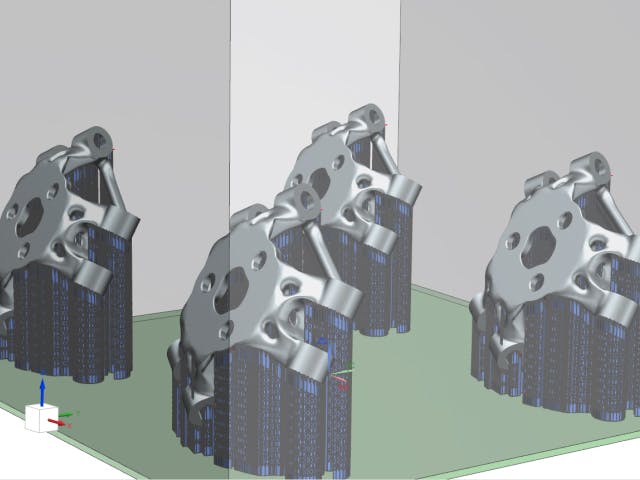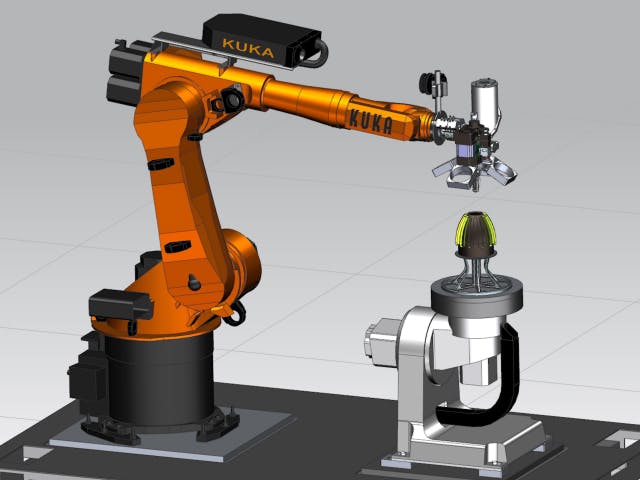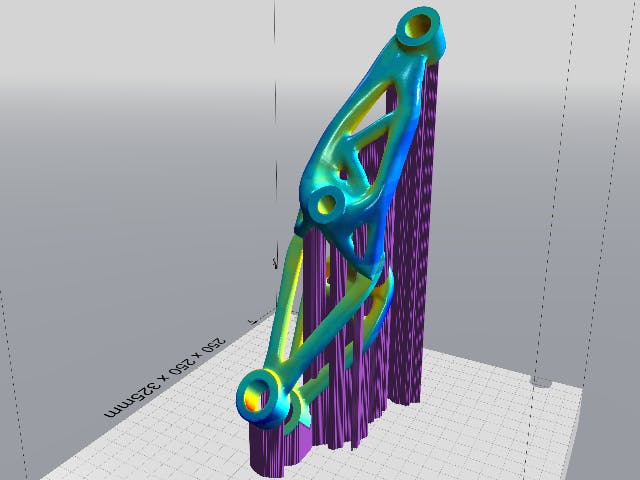材料喷射是一种 增材制造 (AM) 工艺,其中液态树脂液滴通过喷墨式打印头选择性沉积,并通过紫外线 (UV) 照射固化以构建坚固的 3D 对象。
另一种增材制造工艺,即还原光聚合,也是通过用光选择性固化液态光敏聚合物树脂来工作的。然而,还原光聚合选择性地固化储罐中的树脂,而材料喷射使用打印头在固化树脂的同时分配树脂。材料喷射和粘结剂喷射都使用相同类型的打印头技术,但粘结剂喷射将液体粘合剂沉积到另一个基材上,而材料喷射则沉积构成最终零件及其支撑结构的建筑材料。
材料喷射被认为是增材制造中最精确的方法之一。材料喷射能够打印厚度小于 20 微米的层,以构建具有精细细节、高精度和光滑表面的 CAD 设计而闻名。不幸的是,由于层数众多,这种保真度可能会耗时。这可以通过同时使用多个打印头在更大的表面积上构建来在一定程度上抵消。额外的打印头还允许在单个设计中使用多种材料和颜色。
这些特性使材料喷射非常适合逼真的模型、视觉或触觉原型、工具和铸造。然而,由于固化光敏聚合物的特性,通常不建议将该工艺用于打印功能性或承重部件。
相关产品:NX AM Fixed Plane | NX AM Multi-Axis | NX AM Build Optimizer



